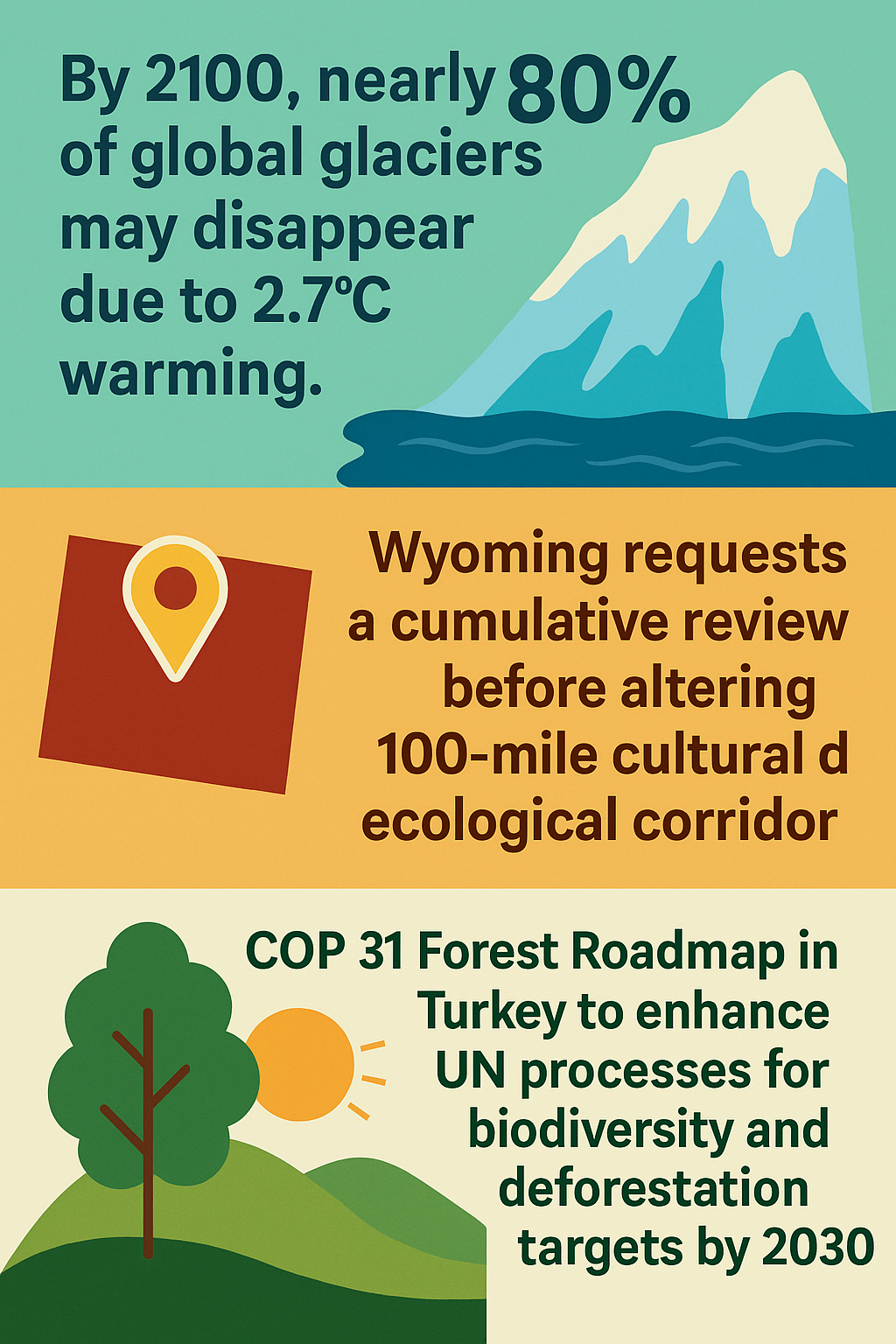Our Scans · Biodiversity · Intelligence Briefing
Intelligence Briefing about Biodiversity
Critical Trends Impacting the Alcohol and Gaming Commission of Ontario (AGCO)
- Global efforts to restore ecosystems and enhance biodiversity by 2030 reflect increasing regulatory and societal focus on environmental sustainability (CredibleSG).
- Introduction of nature-based solutions is improving urban resilience and living conditions, indicating broader environmental governance trends linking biodiversity and community wellbeing (AllAfrica).
- The rise of AI adoption across industries—including security enhancements and creative applications—suggests transformative implications for regulatory oversight and compliance monitoring (AWS, Meetings Today).
- Emerging global environmental risks such as pandemics affecting marine biodiversity and climate-driven species loss underscore the urgency for integrated risk management approaches (ScienceDaily, One Health Initiative).
Key Challenges, Opportunities, and Potential Risks
- Challenges: Aligning regulatory frameworks with evolving global sustainability goals; addressing climate change impacts on biodiversity that indirectly affect social systems connected to gaming and alcohol consumption; managing cybersecurity risks in AI-driven enforcement systems.
- Opportunities: Integrating nature-based and sustainable practices into licensing and operational frameworks; leveraging AI tools to enhance compliance, fraud detection, and customer engagement; engaging in cross-sector partnerships promoting ecosystem stewardship.
- Risks: Potential regulatory gaps as emerging technologies outpace existing policies; reputational risks from association with unsustainable practices; operational vulnerabilities due to increasing cybersecurity threats.
Scenario Development
- Best-Case: AGCO successfully integrates AI-enabled compliance monitoring and sustainability criteria, leading to enhanced ecosystem support, stronger public trust, and innovation in gaming and alcohol sectors aligned with biodiversity goals.
- Moderate-Optimistic: Partial adoption of AI tools improves operational efficiency; sustainability initiatives advance selectively amid regulatory challenges, with moderate progress on biodiversity impacts.
- Moderate-Pessimistic: Slow regulatory adaptation to technological and environmental shifts creates enforcement gaps; biodiversity loss accelerates indirectly impacting social license and sector growth; cybersecurity incidents increase operational risks.
- Worst-Case: AGCO faces regulatory obsolescence amid rampant biodiversity degradation and technology misuse; significant public backlash and enforcement failures result in major reputational and operational crises.
Strategic Questions
- How can AGCO proactively integrate biodiversity and sustainability objectives into its regulatory frameworks without compromising operational efficiency?
- What governance models and partnerships could enhance the organization's capacity to address cross-sectoral risks stemming from environmental and technological change?
- In what ways can AI and other emerging technologies be leveraged to strengthen compliance, security, and consumer protection in the gaming and alcohol sectors?
- How might AGCO anticipate and mitigate the reputational and operational risks associated with biodiversity loss and climate-related disruptions?
- What workforce and skill development strategies could support AGCO’s adaptation to future regulatory and technological landscapes?
Actionable Insights and Considerations
- AGCO could explore pilot programs incorporating AI-driven compliance tools geared toward environmental and social governance metrics.
- Establishing multi-sector collaborations may increase resilience against biodiversity-related risks and enhance policy coherence.
- Investing in workforce upskilling around AI, cybersecurity, and sustainability could build adaptive capacity.
- Embedding nature-based solutions in regulatory impact assessments could provide co-benefits for community well-being and climate resilience.
- Monitoring emerging global environmental trends will remain critical for timely adaptation of policies and operational protocols.
Briefing Created: 17/12/2025
